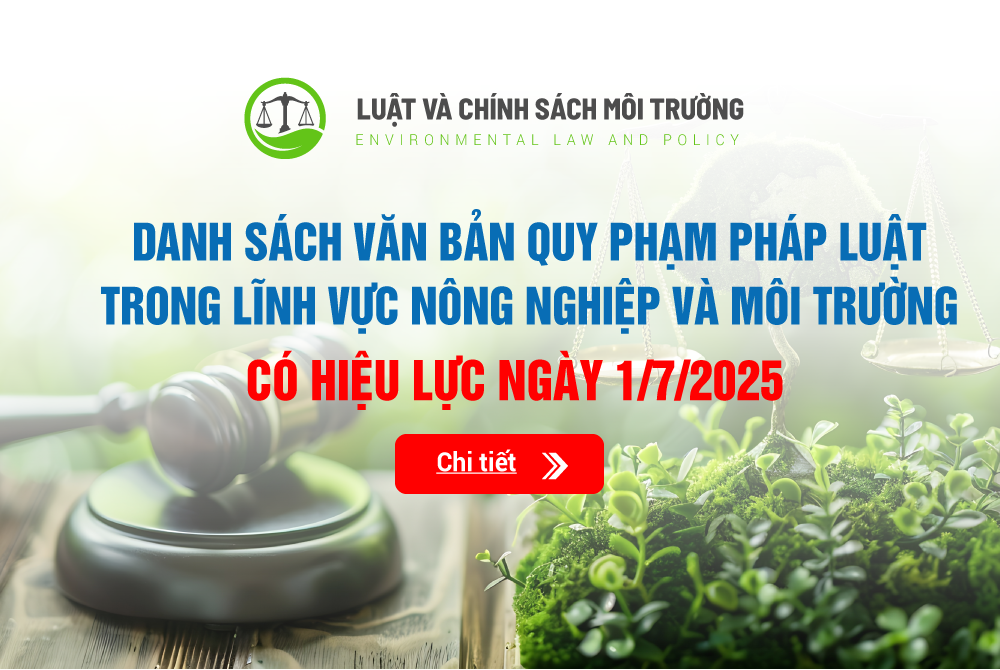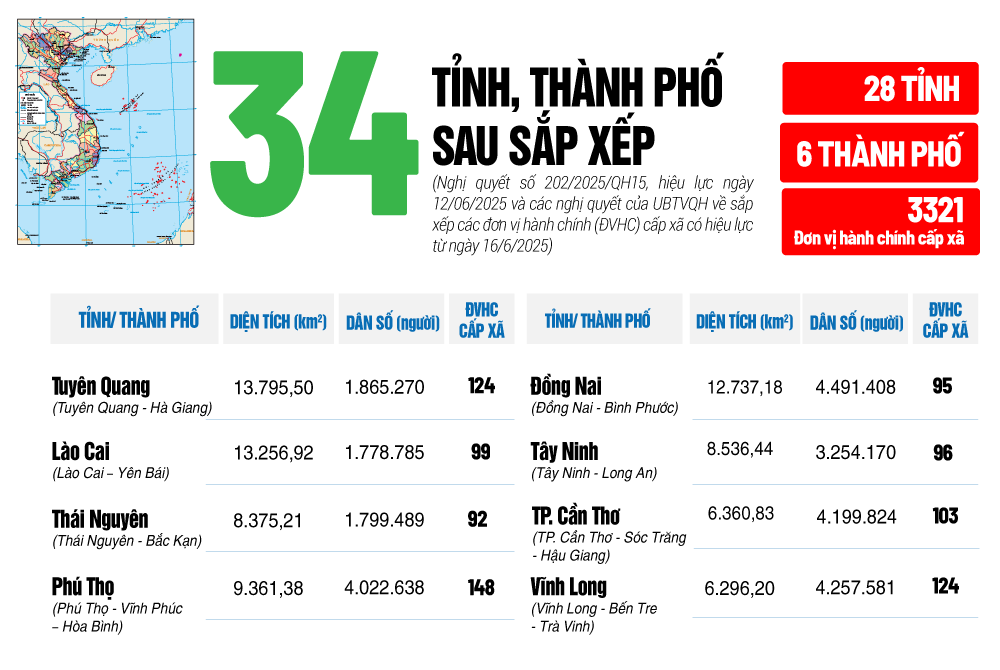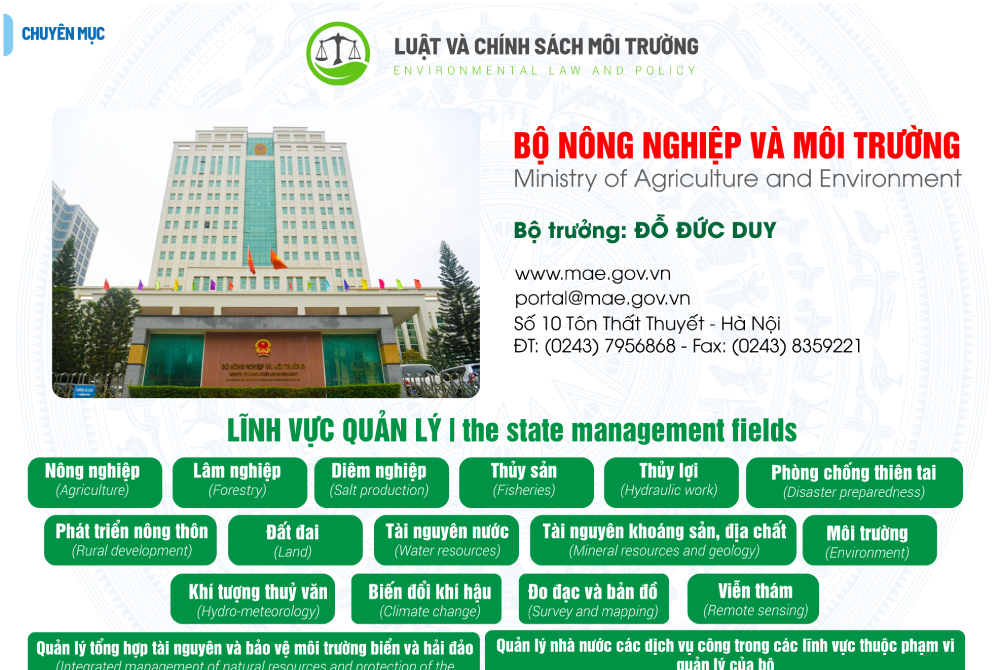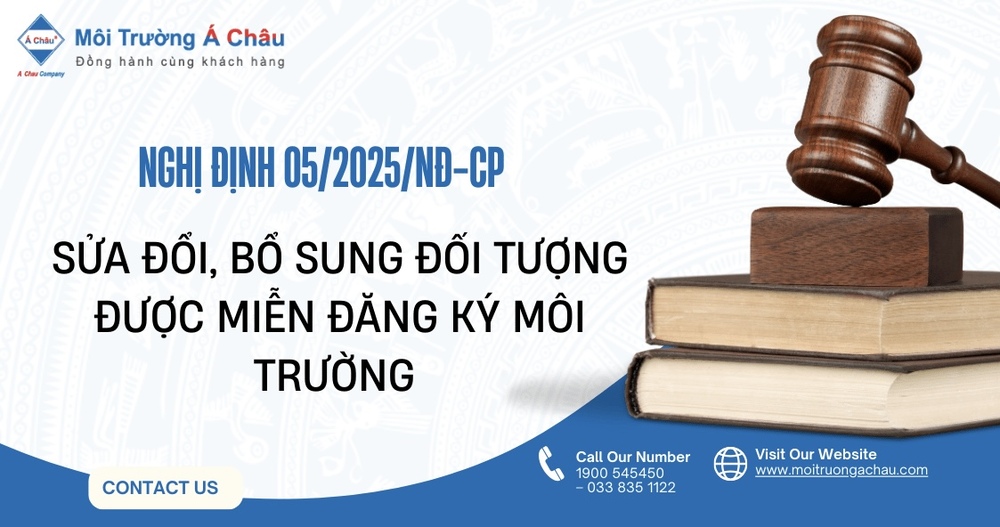[Formally Promulgated] The Ministry of Natural Resources and Environment enacted the Technical Guidelines on the Segregation of Solid Domestic Waste
On November 2, 2023, the Ministry of Natural Resources and Environment signed and issued Technical Instructions on Classification of Domestic Solid Waste in Official Dispatch No. 9368/BTNMT-KSONMT on Technical Instructions on Classification of Solid Waste activities, implementing Clause 5, Article 79 of the Law on Environmental Protection No. 72/2020/QH14 passed by the National Assembly on November 17, 2020.
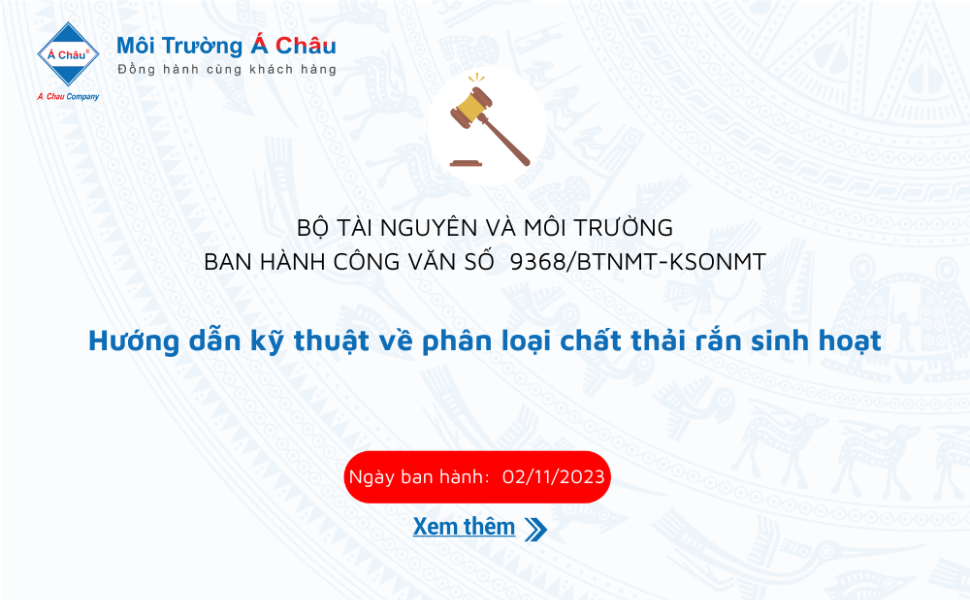
Guidelines for Sorting at Source:
According to Content Dispatch No. 9368/BTNMT-KSONMT, the People's Committee of the provinces and cities under the central authority is responsible for deciding the specific sorting of other solid domestic waste under the instructions of MONRE that identify the maximum types of active solid domestic wastes generated by households individuals and classify them into 03 main waste groups by the provisions of paragraph 1, Article 75 of the Law on Environment Protection, in:
(1) Group I - Solid waste that can be reused or recycled is divided into 08 small groups, including Discharge certificate, Plastic waste, Metal waste, Eczema, Clothes, and leather. Wood, Rubber, Electrical equipment, electronic disposal;
(2) Group II - Food waste;
(3) Group III - Other solid domestic waste, divided into 03 small groups: hazardous waste, bulk waste, and other waste.
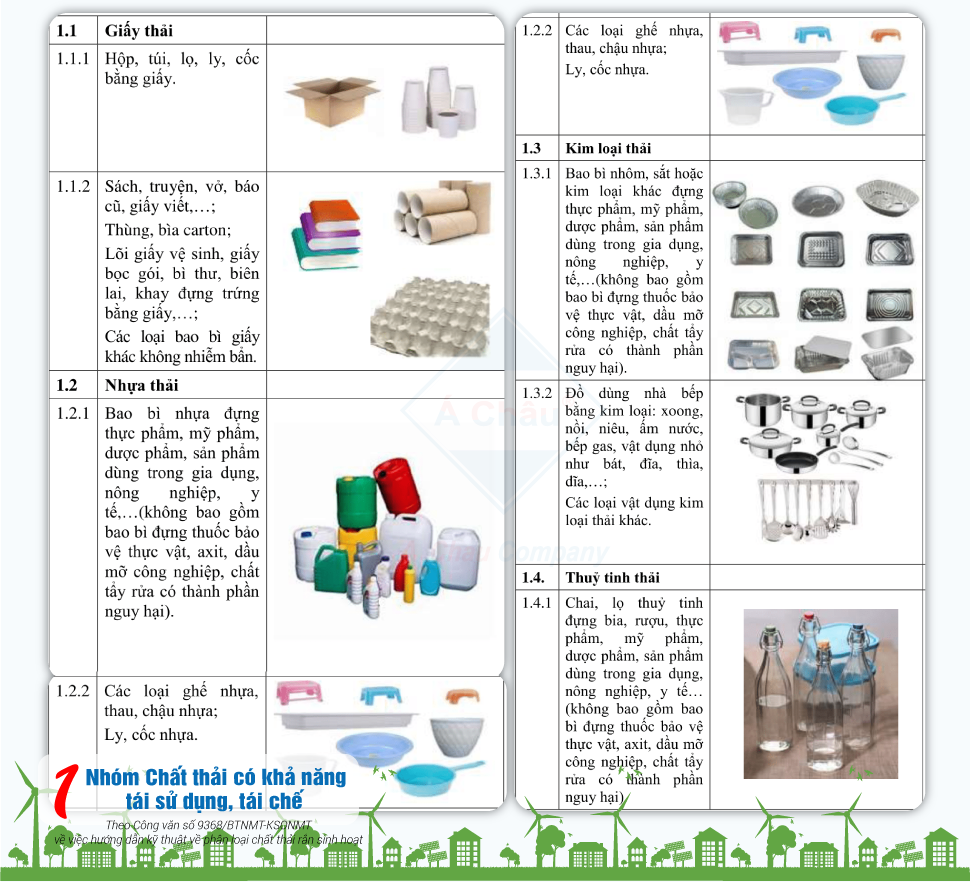
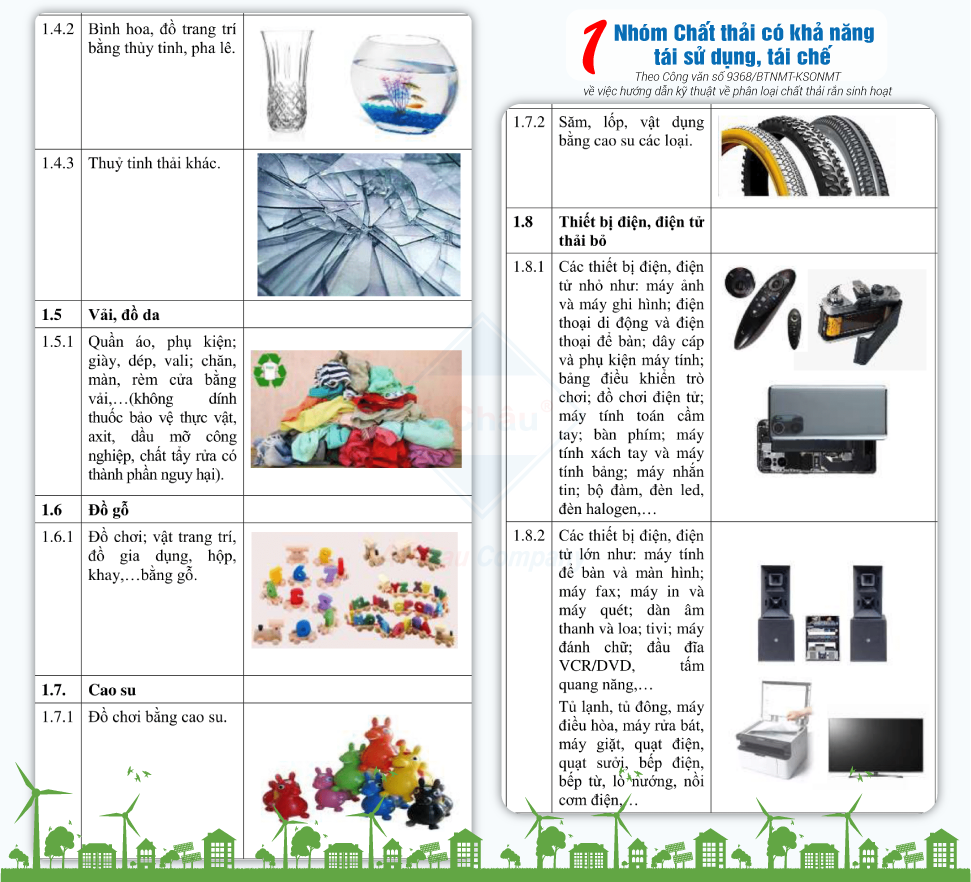
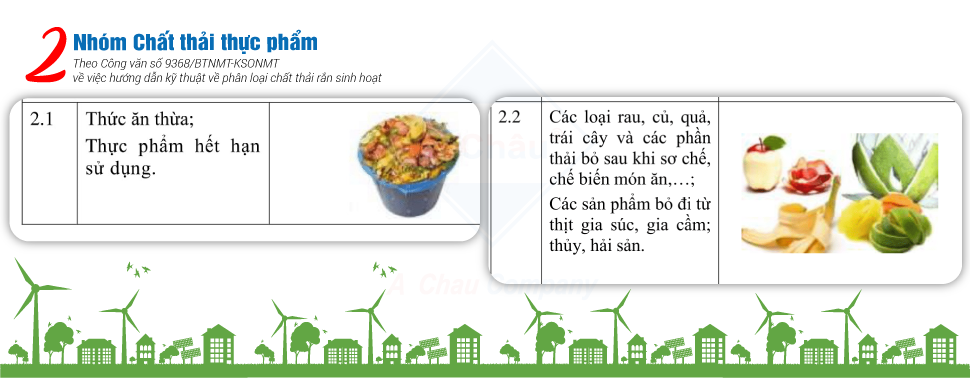
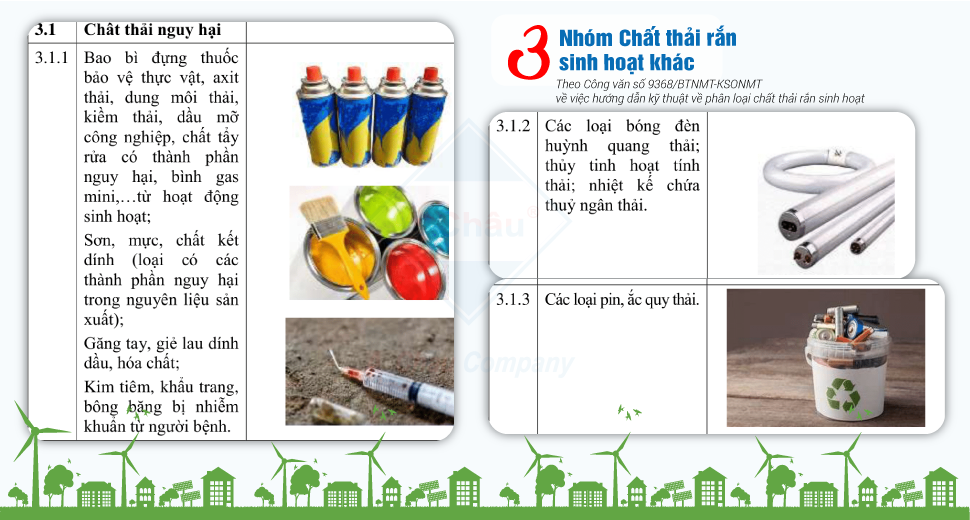
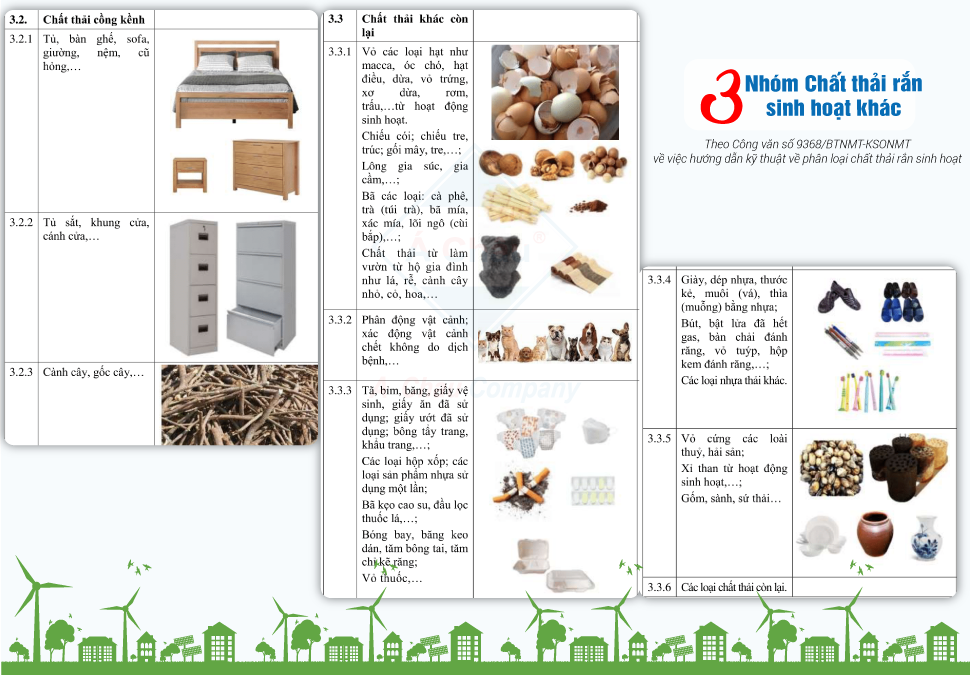
Please read the full Technical Guide to the Segregation of Solid Waste here.
Organizing Implementation
Regarding the organization of the sort of domestic waste, MONRE has issued notes to the People's Committee of the provinces and cities under the central authority when considering issuing detailed regulations on the classification and dissemination of solid wastes, publicity activities, distribution, and implementation of classification in local areas. In it, the People's Committee of the provinces and cities under the central authority is requested to implement some of the following:
1. The study utilizes the Technical Guidelines on the Segregation of Solid Domestic Waste to create a plan for implementing living solid waste from households and individuals, ensuring compliance with the Law on Environmental Protection and its implementation guidelines.
The first step is to segregate domestic waste to encourage reuse, recycling, product disposal, and product life cycle extension. This encourages agencies, organizations, residential communities, households, and individuals to participate in recovery and waste treatment programs in line with the provisions of the Law on Environmental Protection.
Second, the kind must be in accordance with the environmental infrastructure, current waste treatment technology, natural, economic, and social circumstances, waste management content in local planning, national environmental planning, and local financial resources.
2. Organization of publicity, publicity for agencies, organizations, residential communities, households, and individuals to carry out the classification of solid waste produced by households and individuals; implementation of variety for domestic waste by December 31, 2024.
People respond and participate in the recycling day, the sorting of litter at the source.
In the past, people from many localities have been very enthusiastic about the segregating of waste. It is relatively easy if there are guidelines and arrangements for the final collection of waste.

Photo: People respond and participate in the recycling day, sorting waste at source (Photo: A Chau Environment)
Some activities on sorting waste at source:
Project "Segregation of Waste at Source Training Programme and Career Capacity Support for Waste Carriers, Recycled Waste Collectors" in Long Son, Vung Tau City, Viet Nam.
Green Day 2023: Women's Association of HCMC organizes "Plastic Waste Exchange – Give Green Life" and introduces environmentally friendly products
Hoc Mon District celebrates the Day of Parents for Green Hormone, Clean, Friendly to the Environment 202
Source: Compiled by A Chau Environment




